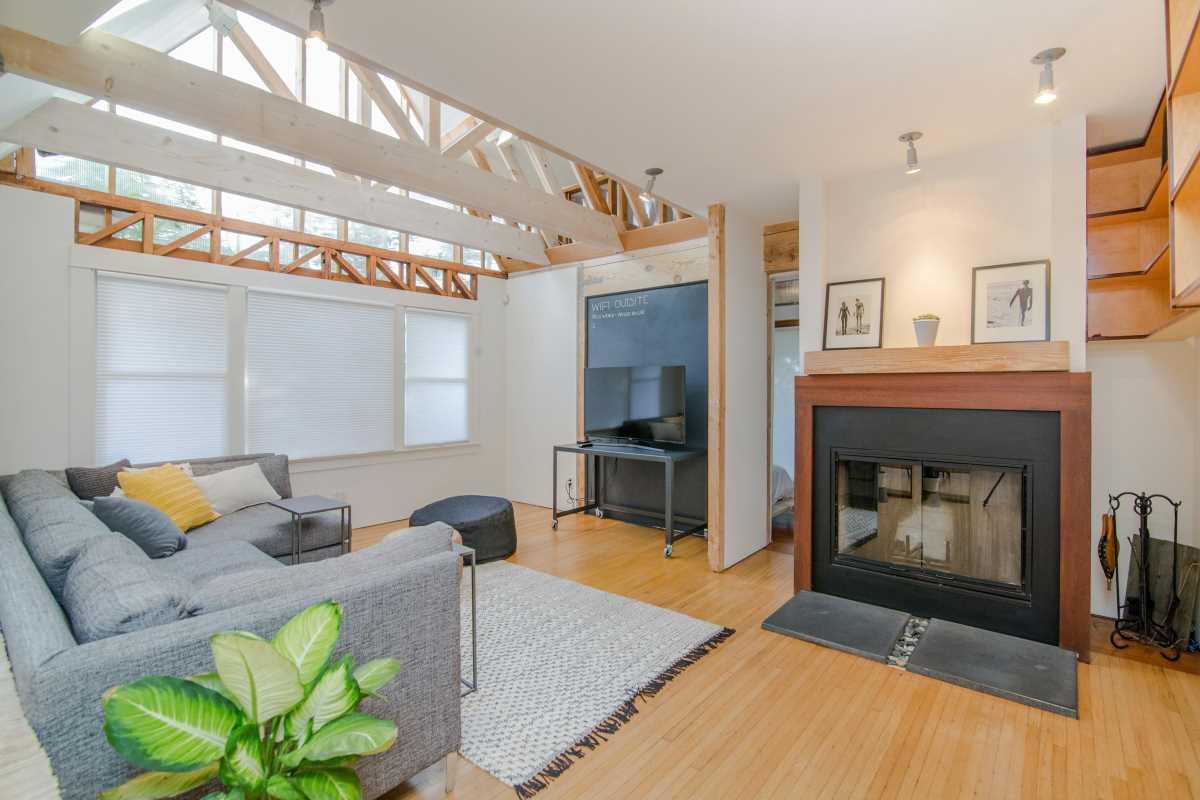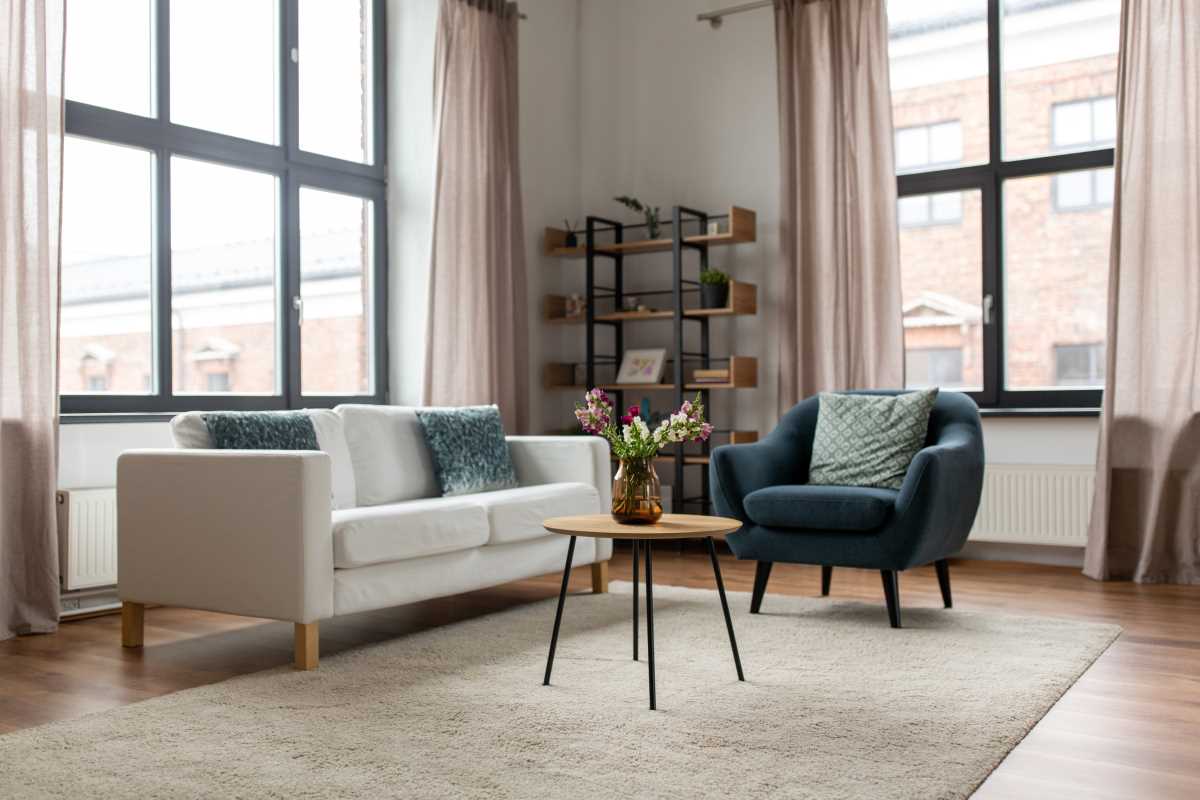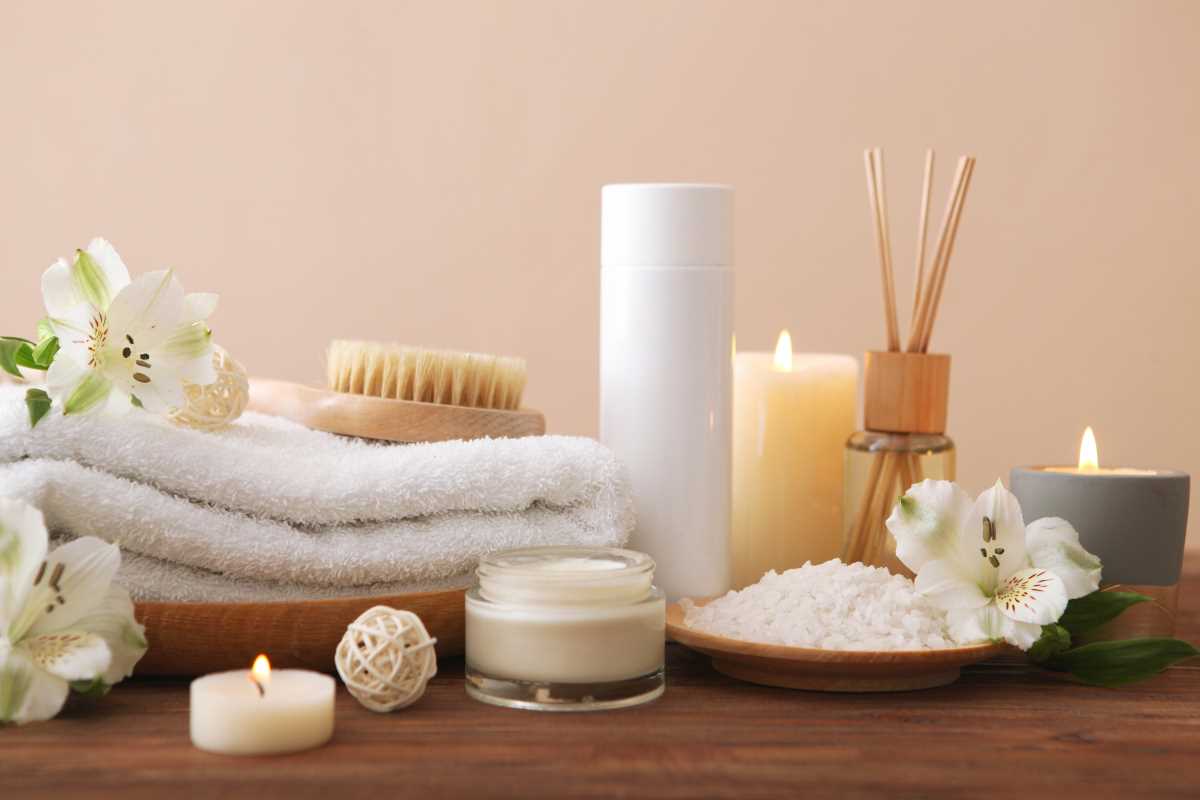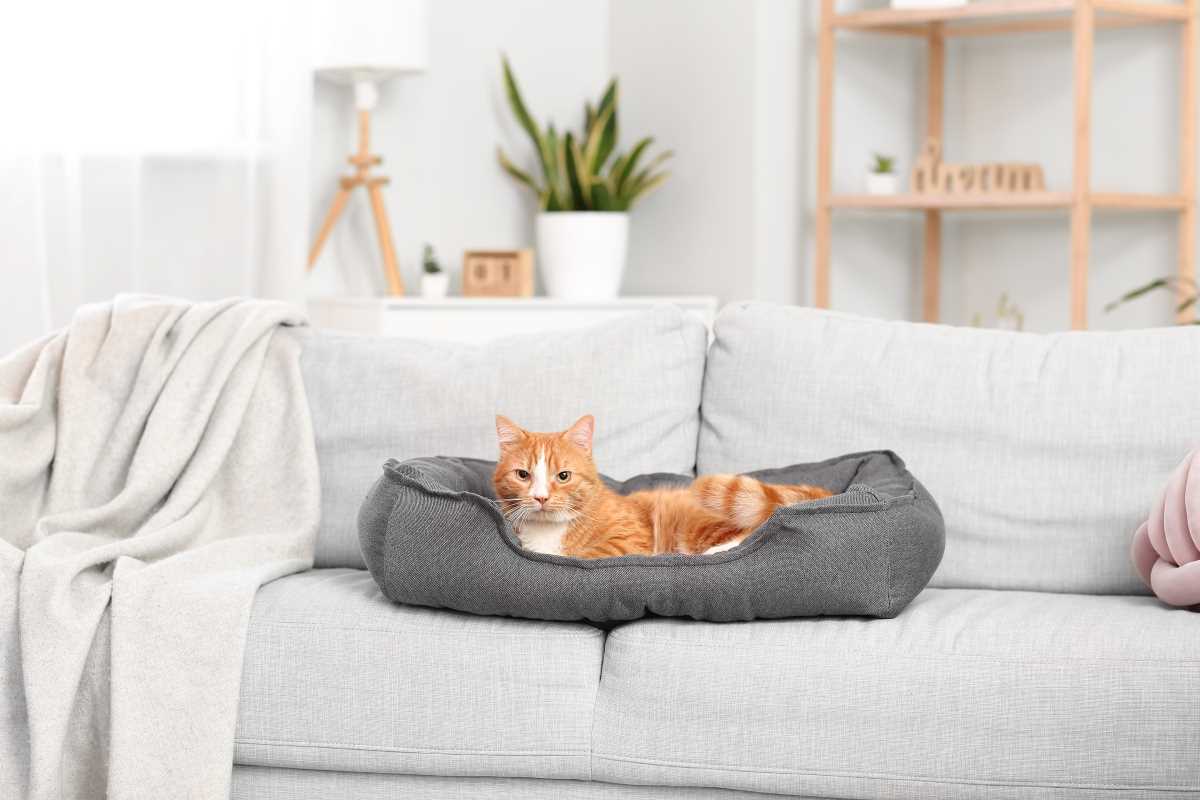Designing a welcoming space where children feel free to explore, experiment, and express their creativity involves thoughtful planning and intention. Simply providing a pile of art materials in one area does not guarantee meaningful engagement. To support this process, I begin by gathering knowledge about how children interact with their environment and what makes a space inviting for them. I then build a clear outline that covers an engaging introduction, an honest look at the benefits, practical tips for setup, and a simple closing. Throughout, I include real-world examples of creative room layouts, offering practical advice that speaks to everyday challenges parents face, all while keeping the tone positive and easy to follow.
Why Customizing Play Nooks Changes Everyday Routines
Often, play areas get squeezed into leftover spots—an appliance closet here, a hallway corner there. Yet thoughtful design can spark kids’ curiosity and encourage self-directed learning. By rethinking seating angles, surface heights, and storage rhythms, you create zones that feel welcoming and intuitive. This approach shifts a chaotic mess into a purposeful environment, where everyday objects become prompts for storytelling, fine-motor skill building, and shared bonding moments.
Designing with intention also streamlines daily rhythms. When each paintbrush, block set, or sensory bin has an assigned home, children learn ownership of their routines. They transition from task to task with greater focus—and less nagging from grown-ups. In short, a smartly organized play space rewires habits toward independence, creativity, and even peaceful mealtimes.
Practical Setup Steps
- Dedicated Zone Labeling
- Purpose: Clarifies activity flow and helps kids mentally switch roles.
- Steps:
- Choose three distinct spots—drawing, building, and quiet reading.
- Attach color-coded signs or shelf tags at eye level.
- Introduce labels during a joint decorating session to build ownership.
- Availability: Cardstock or magnetic sheets ≈ $5–10 locally.
- Insider Tip: Swap labels each season to refresh the setup and spark new play ideas.
- Adjustable Surface Height
- Purpose: Ensures ergonomic comfort for kids of different ages, reducing fidgeting.
- Steps:
- Acquire a tabletop with carpenter-style legs or convertible brackets.
- Set initial height so tots can rest elbows comfortably at the edge.
- Adjust height by 2–3 inches every six months for growth.
- Cost: Brackets ≈ $8–15 per pair.
- Insider Tip: Use stacked shoe boxes for temporary propping—they’re neat, playful, and reusable.
- Open-Front Storage Bins
- Purpose: Offers visual access and easy cleanup, reducing frustration.
- Steps:
- Install low shelving units with clear bins or woven baskets.
- Label fronts with icons or simple words.
- Rotate contents monthly—two bins loaded, one in use, one resting, one refilled.
- Availability: Sets of three under $25.
- Insider Tip: Add shelf edging strips to stop bins sliding off when pulled.
- Vertical Display Panels
- Purpose: Turns walls into rotating galleries to celebrate creations.
- Steps:
- Mount cork strips or wire grids at children’s chest height.
- Provide safe clips or pushpins.
- Encourage daily swaps (e.g., morning show-and-tell).
- Cost: Cork roll sections start ≈ $12.
- Insider Tip: Paint backing board in teal or mustard for high contrast that makes artwork pop.
- Multi-Task Rolling Cart
- Purpose: Centralizes mobile supplies for art, science, or snacks anywhere.
- Steps:
- Get a three-tier cart with lockable wheels.
- Assign top shelf to markers and brushes.
- Fill middle with project kits; bottom with cleaning cloths.
- Cost: ≈ $30–40 at discount stores.
- Insider Tip: Wrap handles in foam tubing for comfort and attach a clip-on tote for scraps.
Select Creative Materials
- Bulk Paper Portfolio
- Purpose: Provides access to varied textures—glossy, kraft, watercolor sheets.
- Steps:
- Store paper stacks vertically in magazine holders.
- Label holders by paper type.
- Place holders on mid-level shelves for safe stacking.
- Cost: Magazine racks ≈ $10 each.
- Insider Tip: Keep a scrap bin nearby so kids can experiment without worrying about waste.
- Modular Paint Palettes
- Purpose: Prevents color cross-contamination and eases cleanup.
- Steps:
- Buy palettes with removable wells.
- Assign one palette per child or project.
- Rinse wells after use and store upside down.
- Availability: ≈ $5 per palette at art stores.
- Insider Tip: Stick velcro dots underneath so palettes don’t slide on slanted surfaces.
- Textured Sensory Trays
- Purpose: Boosts fine motor skills and tactile exploration.
- Steps:
- Repurpose shallow baking pans with foam sheet liners.
- Add rice, beans, or kinetic sand in small amounts.
- Rotate textures weekly for novelty.
- Cost: Pans $7–15; foam sheets <$1 each.
- Insider Tip: Store trays on a pull-out board under a desk for instant setup.
- Upcycled Fabric Storage
- Purpose: Adds warmth and organizes supplies (ribbon scraps, yarn, etc.).
- Steps:
- Convert old jeans or tote bags into hanging pouches.
- Hang on pegs or tension rods in a nook.
- Sew smaller pockets for grouped storage.
- Insider Tip: Let kids decorate with fabric markers and patches to build ownership.
- Portable Chalkboard Tiles
- Purpose: Inspires spontaneous doodles and quick sketches.
- Steps:
- Attach tiles with removable adhesive at child height.
- Keep chalk in a nearby basket.
- Erase daily to spotlight new ideas.
- Availability: Sets of 4 for $20–25 online.
- Insider Tip: Save neon chalk for special occasions to heighten excitement.
Design Cozy Corners
When you tuck a beanbag or floor cushion into a corner near soft lighting, you transport a child into a private retreat. Layer in a few throw pillows and a small shelf of picture books to create a micro-library. Kids can invite stuffed animals or siblings for quiet story sessions.
Texture plays a big role—consider faux-fur rugs or shaggy mats underfoot. These invite little ones to sit, kneel, or sprawl comfortably. Soft lighting from a clip-on lamp or battery-powered fairy lights adds warmth, making the spot feel special.
Keep Up the Momentum
- Organize a biweekly “Reset Hour” where the family tidies all zones together. Use a timer set for ten minutes for each child to restore order. Finish with a quick group story or snack ritual as a reward for team effort.
- Place a simple checklist with drawings near the exit—icons for wiping surfaces, refilling bins, and realigning chairs. This visual reminder helps children remember steps without adult supervision.
- Change one supply item each month to keep interest high. Swap glitter glue for glow-in-the-dark markers or replace cookie cutters with new molding tools for play dough.
- Ask your children for feedback: include two quick checkmarks for “love it” or “needs tweaking.” Implement one suggestion each month to show that their voices influence the environment.
- Use a calendar magnet on the fridge to mark major updates—color-themed weeks, holiday crafts, or seasonal décor swaps. This big-picture view keeps the space lively and aligned with family routines.
By combining careful planning, hands-on adjustments, and playful routines, you turn every corner into an invitation to create. These small changes don’t just organize—they inspire ongoing enthusiasm and a shared sense of achievement.
Refresh your approach with a setup tip or a new material to keep activities engaging. Simple changes spark excitement and help kids spaces grow with your family.
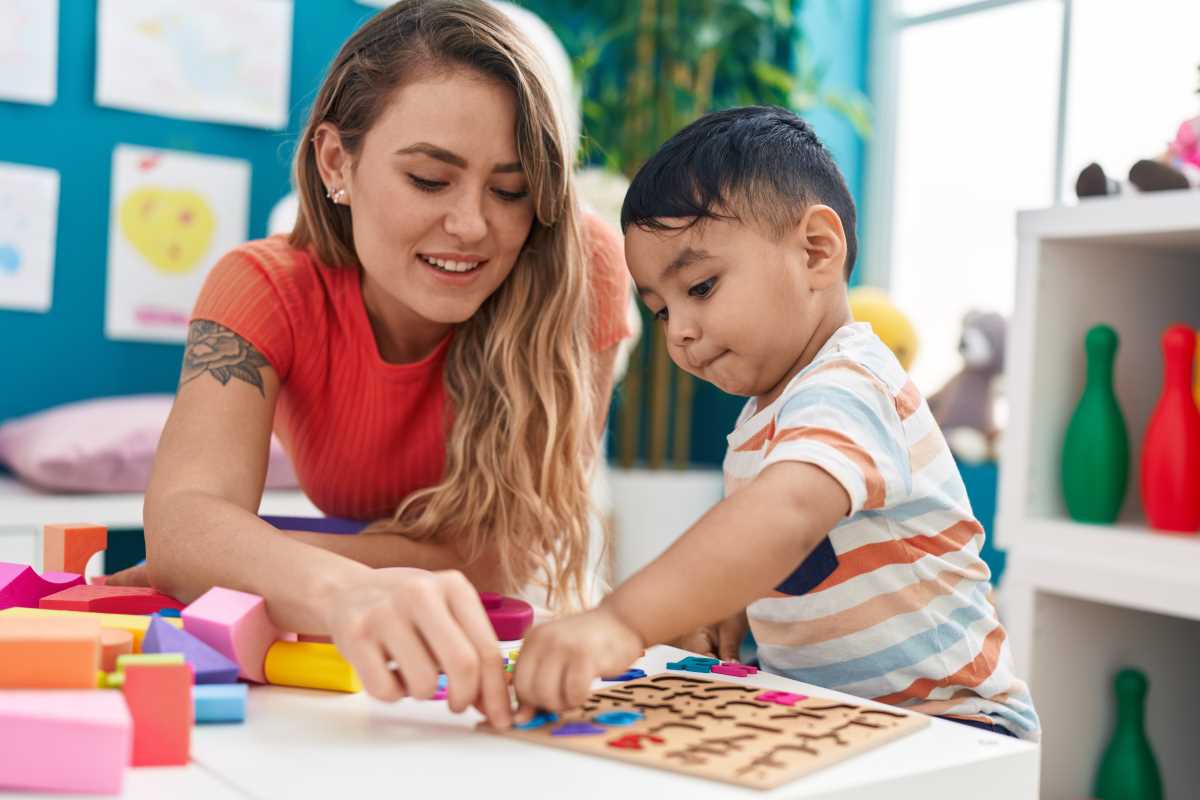 (Image via
(Image via